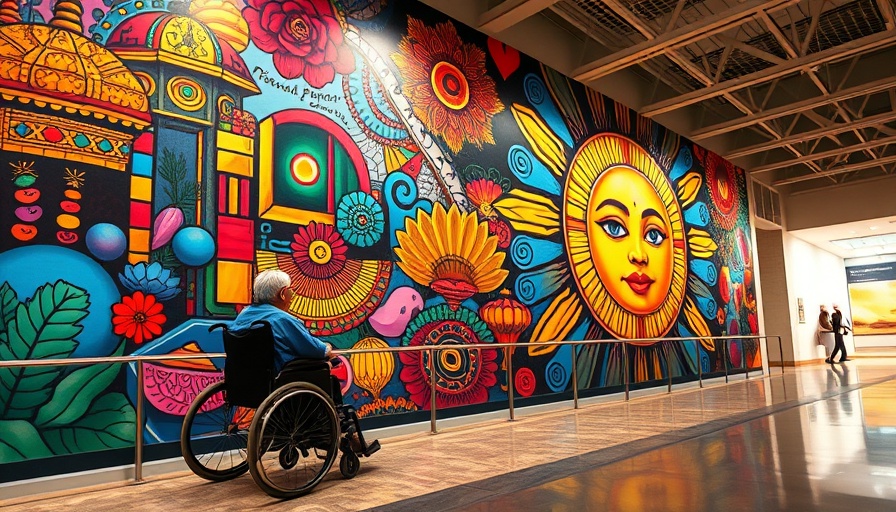
A Cultural Landmark on the Move
A major piece of El Paso’s cultural history is preparing for a new chapter. Hal Marcus’s painting, El Paso Gracias a Dios, a 9-by-11-foot mural that has welcomed visitors at the Chamizal National Memorial for over 30 years, is being relocated due to changes in federal regulations. This vibrant mural, portraying the unity of diverse cultures in the El Paso region, showcases a Thanksgiving celebration bringing together residents from El Paso, New Mexico, and Mexico, symbolizing the region's multicultural harmony.
Backstory of the Relocation
For years, Chamizal officials have recognized that the mural's display was in limbo due to legal necessities. Gerardo Gonzalez, the Chamizal superintendent, stated that there was no formal agreement allowing for the mural’s long-term exhibit inside the visitor center. Following a federal audit, it was determined that the Chamizal’s current practices did not meet new permit regulations established in 2021.
The Future of the Painting
Hal Marcus has expressed a strong desire for his painting to remain accessible to the public, stating, “I want it to be seen.” He is in discussions with local government entities to find a new home for the mural, even considering the option of selling or loaning the artwork which is valued at around $200,000. City Representative Chris Canales has offered City Hall as a potential venue for the painting, ensuring that it remains part of the community's cultural landscape.
Community Sentiment
Marcus’s daughter, Leilainia, emphasized the importance of this artwork to the El Paso community, which celebrates its collaborative spirit and rich diversity. As negotiations continue for the mural’s relocation, both the artist and the community are hopeful that it will find a fitting new home, allowing visitors to continue enjoying this representation of El Paso's cultural legacy.
 Add Row
Add Row  Add
Add 




Write A Comment